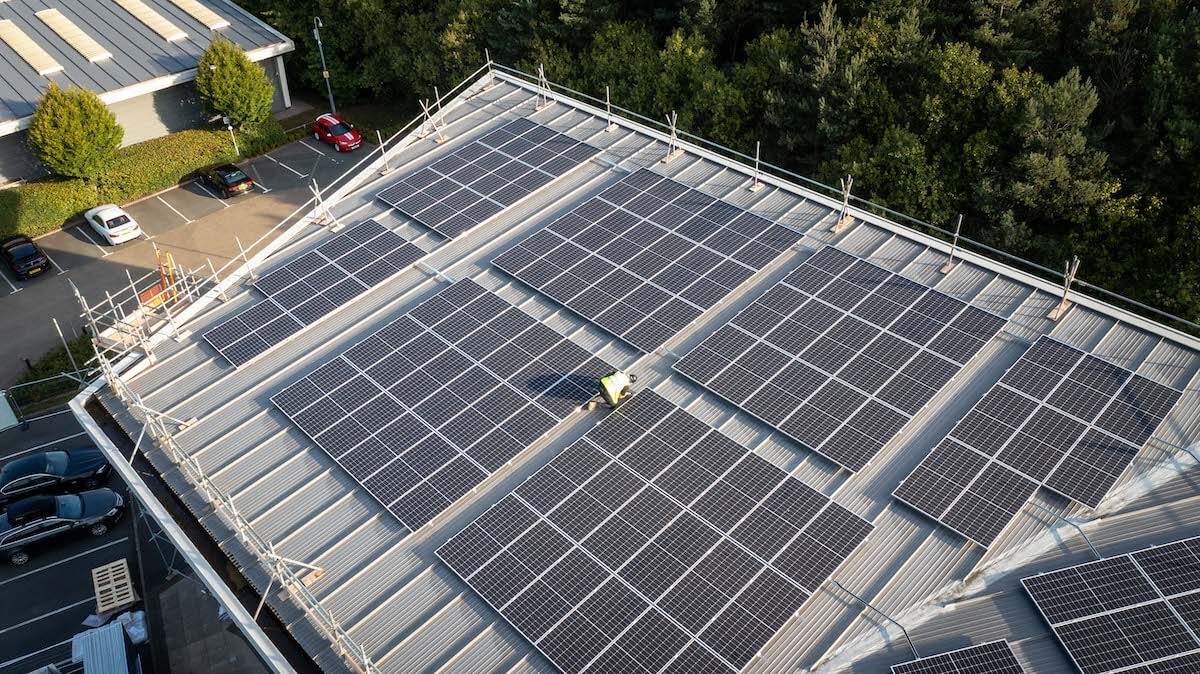
As our decarbonisation and office refit teams complete more full fit-out and refurbishment projects, we have seen some common themes emerging in the range of quick wins available to help decarbonise your business and reduce your ongoing energy costs.
Some of these quick wins are obviously easier than others, all have differing costs of implementation and each will have a different effect on the potential for carbon reduction. These are not in a strict order of potential savings, as it depends on where you are on your own personal carbon reduction journey, and which remaining wins you have left to action.
So, lets have a look at these five quick wins
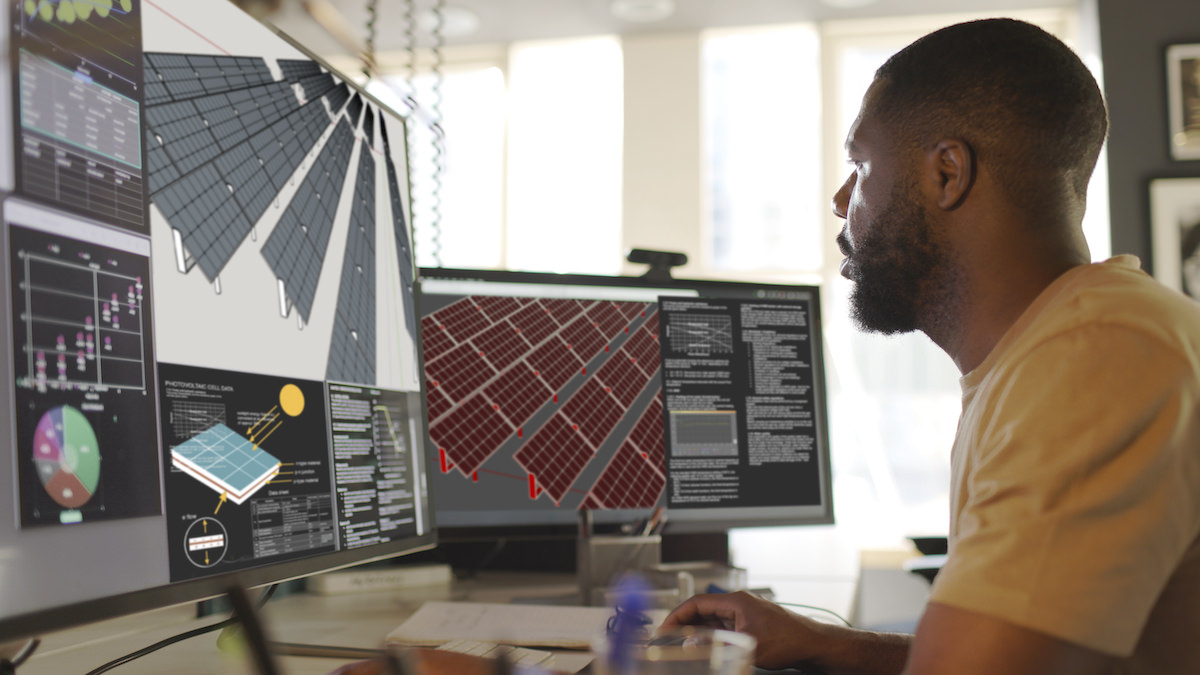
The 50W MR16 halogen dichroic lamp was first introduced in 1965 and became popular through the 1980’s and 90’s in retail, home and office spaces. The compact size and the whiter light they produced transformed spaces, traditionally lit with incandescent bulbs. However, they had a few inherent problems. The first of these was that they consumed a lot of power. They also produced a lot of heat. Neither of these are desirable features in a world that’s aiming for Net Zero Carbon.
Alongside traditional fluorescent tubes, these give us our first easy win.
Side by side, an LED MR16 style lamp can draw as little as 2W, emit a similar light level and profile to an original 50W Dichroic. The maths on this is incredibly easy. For every one you change you’re saving 48Wh. Each individual 50W bulb during a ten hour day will consume 1/2 KwH. With ten of them, you’re at 5KwH per day. On a commercial or industrial scale, the potential savings are vast.
The same is true for LED alternatives to fluorescent tubes. Start here and hunt them out throughout your site and the ongoing savings will be immediate and well worth having.
The table below shows a recent project we completed on ONE floor of an office building.
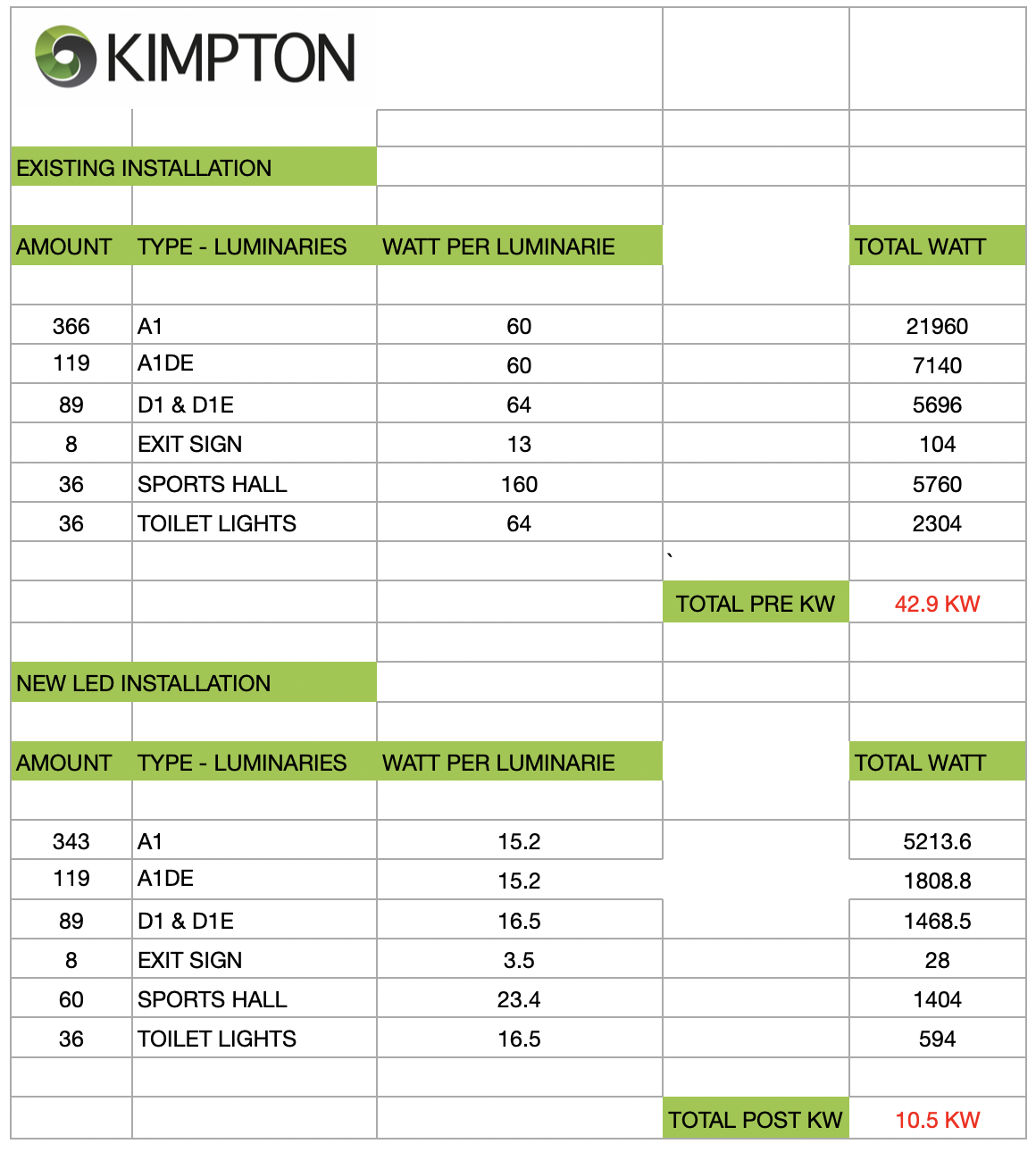
To put these numbers into context.
Every hour, it will be consuming 32.4 fewer kWh. In a 10 hour day that’s 324 kWh.
Over 250 working days in an office, that’s 81,000 kWh saving per year.
Again assuming 33p per kWh, that’s a saving of £26,730 per year, per floor of the building.
On a 15 floor building, that’s over £400,000 per year, every year.
Lighting empty spaces is more common than not in an office environment. The ‘big light’ is literally always on. We use PIR’s throughout our own offices, breakout spaces and corridors. If no-one is moving, the lights dim and then switch off. Again, it means the ten hour operating day can often be reduced to just a few hours in some of those spaces. You are only consuming power when it is actually needed.
£Pound per £Pound, lighting improvements offer some of the biggest possible wins for a comparatively modest outlay.
The savings shown above assumed that lights were turned off when the offices aren’t occupied. PIR’s would resolve this immediately, but you only have to drive through a city centre to see how many office lights are left on overnight. If an office is occupied for ten hours a day, it is equally unoccupied for 14 hours. Turning lights off overnight will save 58% from the total potential bill when compared to them being left on 24 hrs per day.
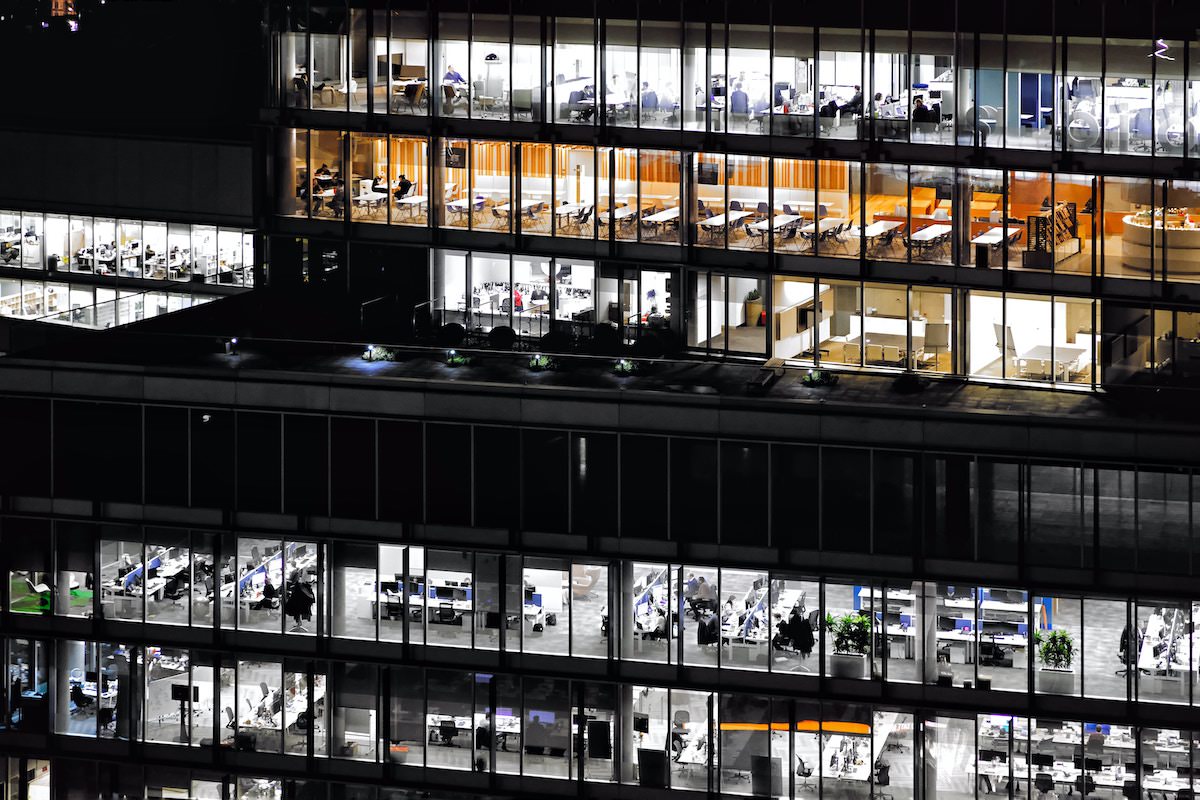
The heat and light from the sun can be our friend, but also our worst enemy when it comes to carbon reduction.
We’ve all been stuck on a train or bus with the sun streaming into our face and literally cooking us in our seats. It’s the same with offices and retail spaces. The sun on your windows can significantly increase the temperature of the space within.
If you have air conditioning, the system will have to work much harder to reduce the temperature from the solar gain, and your bills and carbon cost will be significantly higher. But there are two relatively simple solutions.
This is application dependent, but for the likes of a swimming pool or leisure centre with a glass gable end, the issue in summer will always be keeping the temperature inside down.
With the application of a solar film to the windows, the harmful UV radiation from the sun is reduced by 99% and heat by up to 80% without a significant loss of light.
There are additional benefits from this too. It reduces fading of furniture, carpets and walls as well as improving security, by making windows less prone to shattering.
If you have single glazed windows, then, whilst this isn’t a cheap, easy win, it’s an easy win nevertheless and the upside of double or triple glazing is greatly reduced ongoing bills and carbon emissions. If you choose a glass such as Pilkington K, you can also get the benefits of reduced solar gain at the same time.
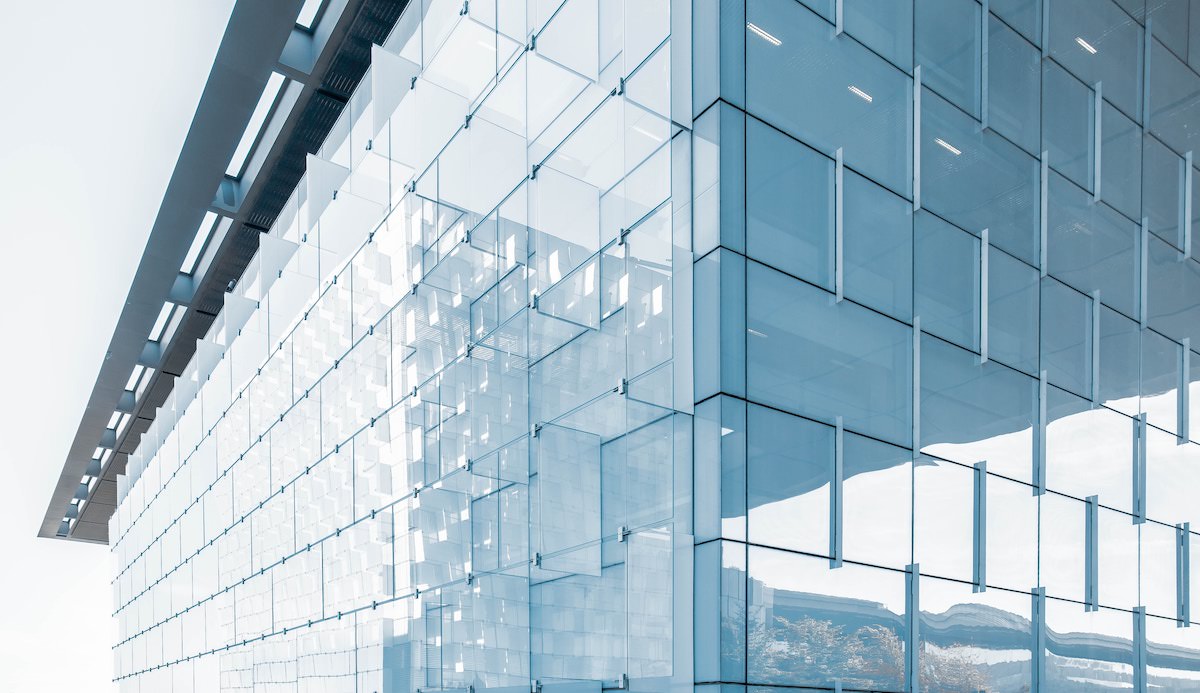
In commercial applications, most of the refit projects have (or need) a BMS (Building Management System) to control the systems behind the HVAC. On the surface these are a brilliant idea and will quietly operate your systems efficiently in the background.
There’s one massive proviso to this however.
They need to be set up right in the first place.
So let’s look at the opportunities for improvement.
Co2 monitoring in the workplace is a relatively recent phenomenon but one that has mushroomed. In schools, the Government announced they would have CO2 monitors installed in every state funded school by the end of 2021. It’s shown to improve the performance of students and performance in the workplace if they are kept at a sensible and agreed level. In extreme cases, a build up of CO2 can be dangerous and a risk to life.
In commercial settings, these CO2 monitors are normally linked to the BMS. When it gets to an agreed level, the ventilation kicks in and the air is flushed with fresh air from outside.
However, in a recent site visit to a new FM client, one of our engineers noticed that in their large performance space, the settings on the BMS for the CO2 level was completely wrong. It was set to go off on a hair trigger. What this meant in reality, was that if there was a tiny, almost imperceptible rise in CO2, the vents would open, and cold, clean fresh air would flood in.
In practical terms, what this meant was that the heating system was always having to heat the cold fresh air, or on hot days, cool the hot air. This was running riot with their bills and their carbon output. With a simple tweak to the settings, the change was made and operating efficiency was drastically improved.
Older fan coils can be horribly inefficient in operation. Often noisy and giving out very little cooled air, they can cost a small fortune to run. You may almost not notice if you only have one or two, but for a hotel application, with one in each room, the potential for improvement is enormous. Not only do modern fan coils produce more cool air per unit of power input, they also only need to run for shorter periods. It’s a double win worth having, with reductions in ongoing running costs of 20-40%. The payback on them is therefore very fast.
With hotels again, a switch to a VRF system can make future service and maintenance much easier and cheaper and remove the need for leak detection. The onerous EN378 directive now means that in a system where even small amounts of refrigerant exist within the hotel room (and some office environments), leak detection must be added. This can mean a £20,000 cost for a 100 bedroom hotel. You can read more about that here.
Similar to the PIR point above, being able to close down entire spaces that are unused offers great potential savings. This can be with door closers to reduce heat transfer/loss and the BMS turning off heating and lighting. Depending on the application, the potential for savings are significant.
It’s not that many years ago that every shop on the high street left all of their lights burning (literally) all night. Most now leave a small selection of display lights and turn off escalators etc to reduce dead running costs. If you’re not doing it, then do it now. It’s a very easy and effective win.
As a commercial business, you need Solar PV. We’ve covered many of the benefits on our longer piece about decarbonising your business, but some of the most obvious wins from solar are as follows:
– It generates the power during the day, when you occupy the space, so savings are direct
– Payback is vastly improved in recent years and cost of installation has reduced
– It can power your fleet for free if you use electric vehicles
– It’s 100% allowable, so the annual investment allowance can offset the capital cost against corporation tax in year one.
There are many more benefits but the savings Solar PV offers in ongoing running costs are immediate from the day you’re connected and last 25 years or more. One of the projects we are working on at present has an electricity bill alone of over £500,000 per month. The more Solar PV they can put to offset this, the more this can be reduced.
This example below shows the effect the Solar PV has on a business energy costs. It’s much more productive in the eight lighter months in the year from March to October, but in this case overall is saving between £8,000-£9,000 per month.
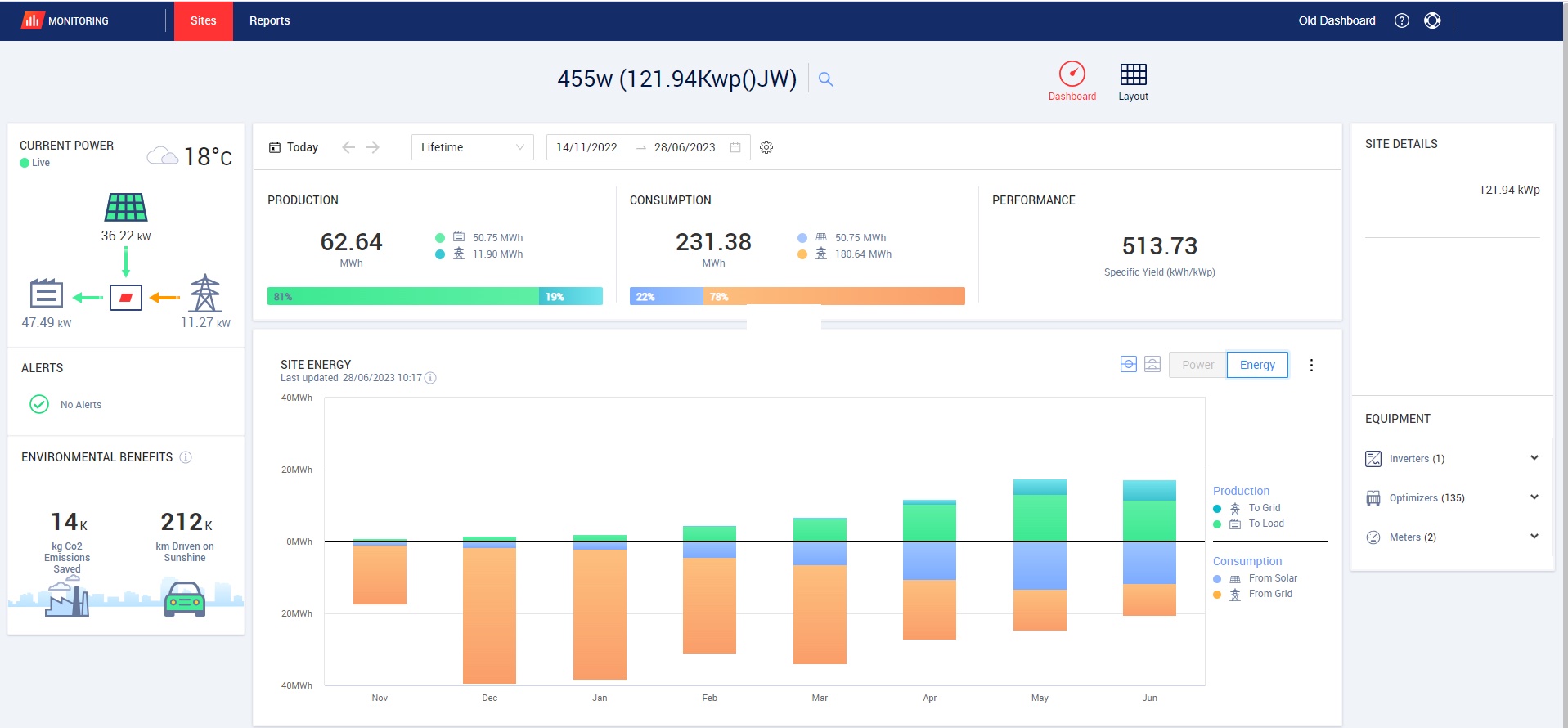
In this new hybrid workplace that most businesses now operate, few people need much encouragement to work from home. Many prefer it and come to the office less and less. This has had the effect of greatly reducing the commute carbon inherent in most business operations. For most service based businesses, when you carry out your initial audit, commute carbon will probably be the biggest contributor to carbon production in your business,
The work our commercial office refit team are now doing is seeing massive changes in actually encouraging people to come back to the office on a hybrid basis. There’s little camaraderie at home on your own and this is adversely affecting the ways some teams work together. And we’re all bored of Teams meetings.
But encouraging a return to the office means the potential for more carbon being introduced again which is not a good thing. There’s therefore been a major change in the way offices are designed to encourage cycle, walk and run commuting. You can read more about that in detail in the piece we wrote recently about the things to consider for an office refit, but the obvious ones are cycle storage, showers and changing facilities as well as good break out spaces within the office environment.

So there’s your five easy wins. Some are obviously easier than others and some will have a bigger impact on your carbon reduction plan than others. All will save you money going forwards and reduce your power and carbon consumption.
The team at Kimpton have over 60 years experience in heating and ventilation and were very early adopters in renewable technologies and carbon reduction. We know our stuff, we have history.
If you’re a commercial landlord, property owner or business owner and would like help and advice on what will have the biggest impact in your business, then please get in touch. Ring the team on 0151 343 1963 or drop us an email at website@kimpton.co.uk and we’ll be back in touch asap.
If you would like to discuss any of our services, please call 0151 343 1963 or complete the form below and we will be in touch shortly.